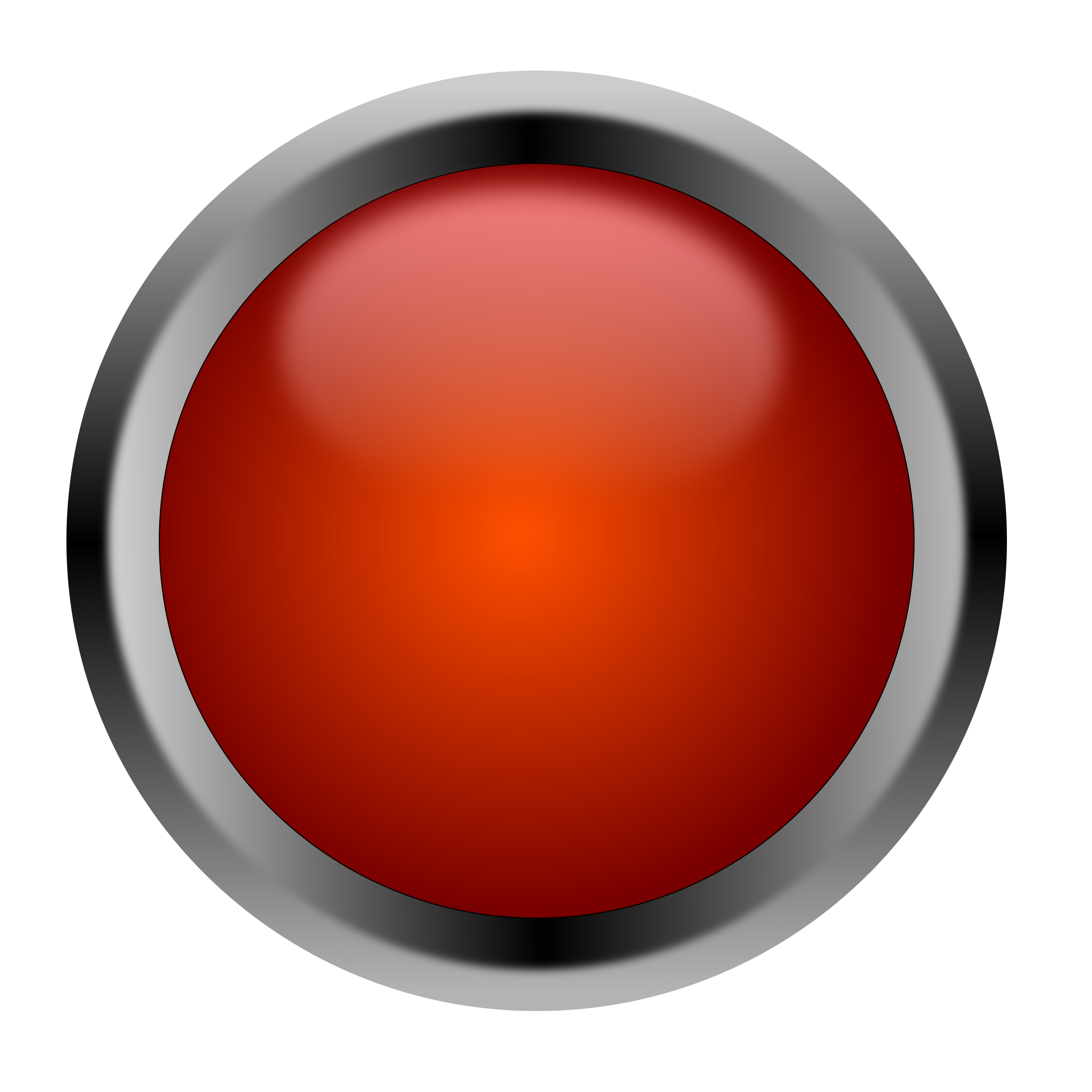
When donning a suit jacket, one may find themselves pondering an important yet often overlooked question: “Which button should I fasten?” This seemingly simple decision poses a playful challenge for many gentlemen navigating the realm of men’s style. The aesthetics of a suit jacket are dictated not only by the fabric and cut but also by the art of button fastening. To unravel this intriguing sartorial conundrum, one must delve into the nuances of jacket button etiquette and unravel the various considerations that come into play.
Before we embark on this exploration, it’s vital to recognize that the answer may vary, depending on the jacket style, occasion, and personal preference. However, general guidelines help illuminate this question. Understanding the anatomy of a suit jacket is paramount. Typically, a suit jacket encompasses one, two, or three buttons. The configurations of these buttons can significantly influence both the formality and functionality of the jacket.
One-button jackets are often associated with modern, more fitted silhouettes. Commonly utilized in evening wear and formal events, these jackets epitomize sleekness and sophistication. When presented with a one-button suit jacket, the universally accepted rule is simple: always fasten the single button. This not only maintains the intended streamlined look but also conveys a sense of poise. Leaving it unfastened might evoke a laid-back demeanor, which may not align with the formal nature of the occasion.
Moving on to the widely favored two-button jacket, one finds a delightful blend of versatility and tradition. This style has become a staple in men’s wardrobes, suitable for various settings, ranging from business meetings to social gatherings. In this scenario, the conventional wisdom dictates that the top button should invariably be fastened while the bottom button remains unbuttoned. This practice offers a Figure-enhancing aesthetic; it allows for a more elongated appearance, enhancing the wearer’s natural silhouette while ensuring ease of movement. The reasoning behind this custom is both functional and visual: attending to the physique while maintaining a comfortable fit permits the gentleman to navigate various activities with grace and decorum.
But what of the three-button jacket? This design, often deemed somewhat old-fashioned, presents a unique set of considerations. In contemporary fashion, a three-button jacket may provide a commanding and authoritative presence, often favored in conservative environments or when aiming for a more formal look. For this style, the norm recommends buttoning the middle button, and, optional yet common, the top button can also be fastened depending on the formality of the occasion. The third button, however, is frequently left open to enable a relaxed yet dignified stance. Navigating the intricacies of fastening with a three-button jacket can yield a sophisticated refinement, provided one exercises discerning taste.
However, engaging with these buttoning conventions opens up a broader discourse on the interplay between style, comfort, and personal expression. Clearly, a suit jacket’s allure lies not solely in its structural design but also in how it melds with the individual wearer. Some may choose to diverge from convention, taking creative liberties with their sartorial choices—perhaps choosing to leave certain buttons undone as a statement of individuality. Such decisions underscore the notion that fashion is, at its core, an intimate reflection of one’s identity.
In discussing whether to button up, it’s equally important to consider the context of an event. Formal gatherings, such as weddings and business functions, call for stricter adherence to traditional norms. Conversely, social outings might provide leeway for a more laid-back approach to buttoning. Picture an outdoor cocktail party on a warm summer’s evening; the gentle breezes and casual ambiance may coax one to embrace unbuttoned ease while remaining dapper. The art of dressing is thus intertwined with an understanding of social mores and personal comfort.
Additionally, fabric choice contributes to the equation at hand. Heavier fabrics, such as wool or tweed, may lend themselves to a more structured approach, warranting an appropriately fastened jacket. In contrast, lighter materials, such as linen or cotton, offer breathability and comfort, suggesting that a relaxed style could harmonize with the jacket’s inherent characteristics. Every choice, from fabric to fastening, shapes the overall impression made.
A peculiar yet relevant consideration is the environment in which the jacket will be worn. If one finds themselves in a bustling marketplace or navigating crowded events, functionality may momentarily dictate the style guidelines. The desire for mobility and comfort could necessitate an unbuttoned jacket, enabling ease of movement while remaining dapper. In such scenarios, discerning individuals effortlessly blend style with practicality.
To distill the multitude of considerations, complex choices regarding button fastening can be navigated with confidence by adhering to general guidelines while remaining attuned to personal style and situational context. Whether faced with a one-button, two-button, or three-button suit jacket, understanding the underlying principles of suit etiquette transforms the humble act of fastening into a thoughtful expression of sophistication. Ultimately, the journey to sartorial excellence rests upon a harmonious balance between tradition, personal comfort, and the unique flair that defines one’s own sartorial signature.
In conclusion, the question of which button to fasten on a suit jacket invites one to embrace the nuances of men’s style. With a thoughtful approach to button etiquette, coupled with awareness of fabric, occasion, and personal expression, any gentleman can navigate the sartorial landscape with aplomb. It is an exploration of both aesthetics and identity, inviting the wearer to engage with the timeless art of dressing with confidence and flair.
